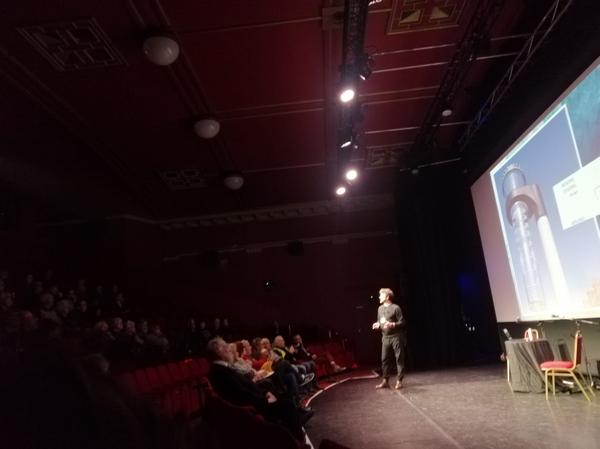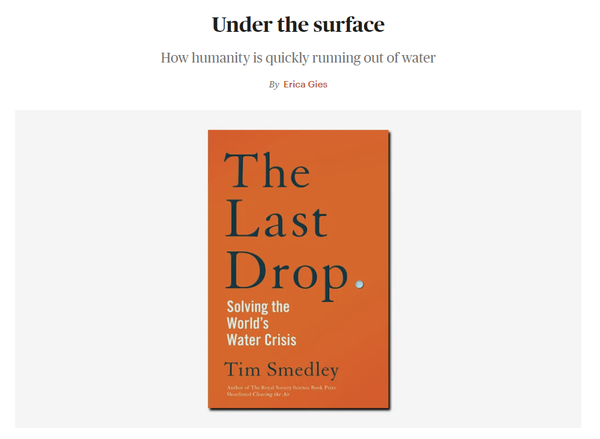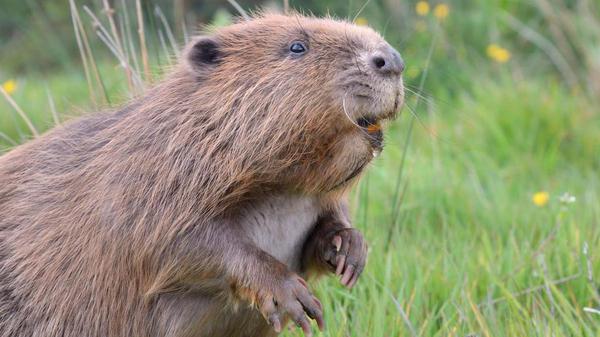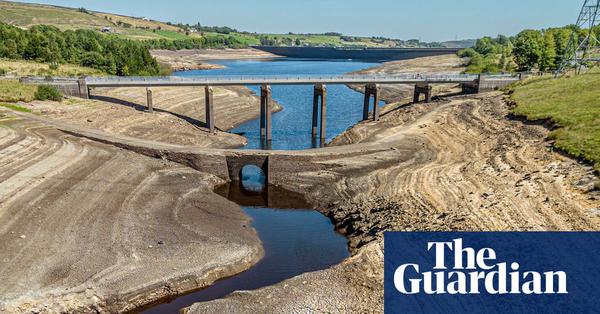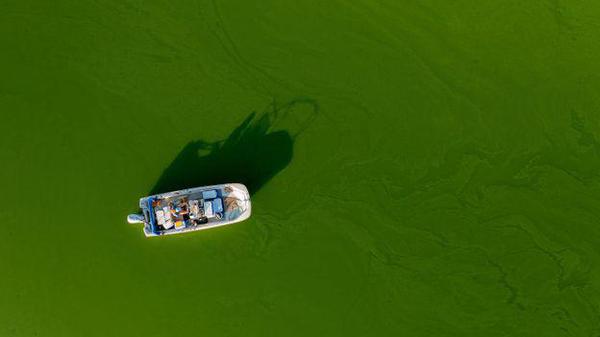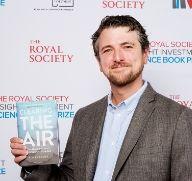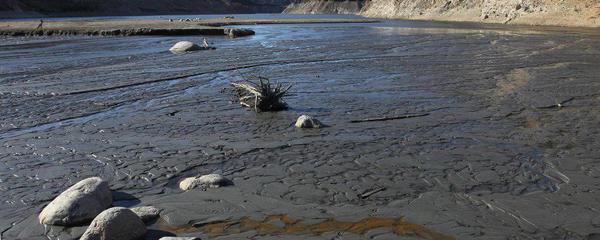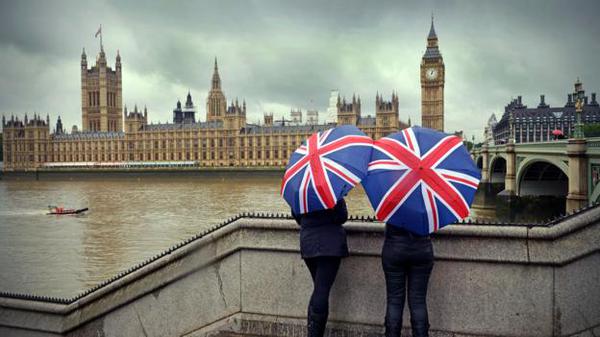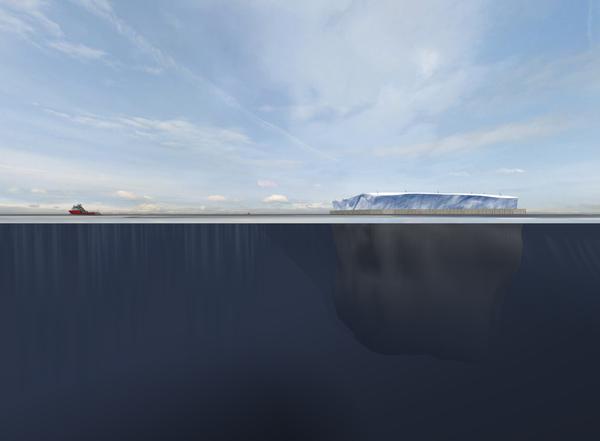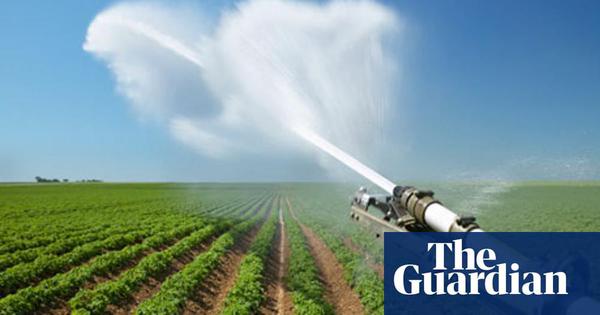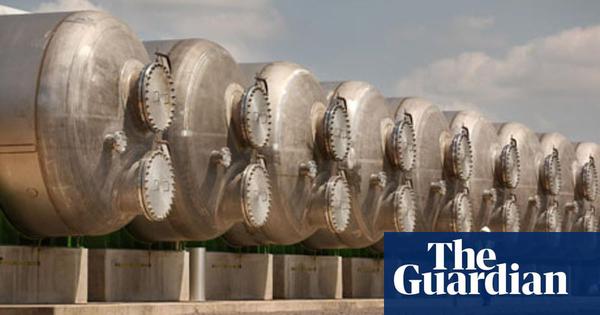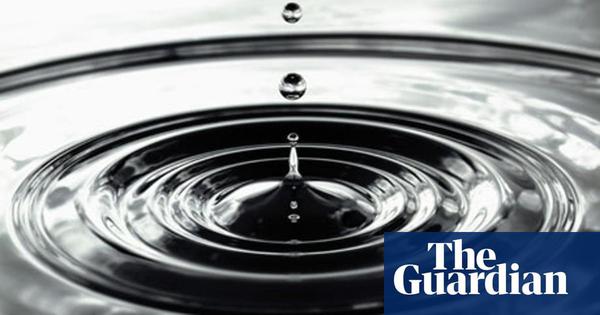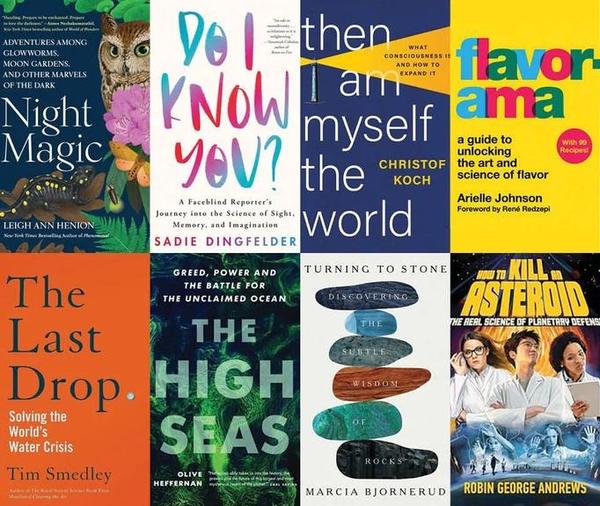
The best science books of 2024
Books contemplating the human experience and some of humankind’s greatest challenges were among the Science News staff’s favorite reads this year.
Water is the next big Climate Crisis. Water stress – not just scarcity, but also increased demand and pollution – is already driving the first waves of climate refugees. Rivers are drying out before they meet the oceans and ancient lakes are disappearing. I took an unblinking look at the situation and how we got here. And then look to the solutions. Could desalination of seawater be our saviour? Or should we start working with nature, not against it?
THE LAST DROP: Solving the World’s Water Crisis, published by Picador, is out now.

